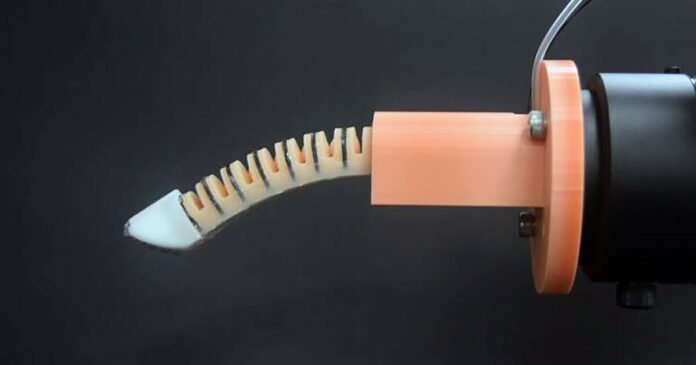Introduction to Robotic Medical Examinations
Doctors use their fingers to diagnose and examine patients, checking for lumps, taking pulses, and performing other essential medical checks. However, with a shortage of trained medical professionals and some patients being uncomfortable with physical examinations, researchers have been working on a solution. A team from the University of Science and Technology of China (USTC) has developed an ultrasensitive, human-like robotic ‘finger’ that can safely perform routine physical examinations like a medical doctor.
The Importance of Physical Examinations
Physical examinations are a crucial part of medical care, allowing doctors to detect early signs of diseases like breast cancer and understand a patient’s cardiac conditions. In traditional Chinese medicine, doctors take a patient’s pulse at the wrist to diagnose cardiac conditions. However, some diseases may go undetected due to a lack of trained physicians, and some patients may be unwilling to undergo physical examinations, especially if the doctor is of the opposite gender.
The Challenge of Creating a Robotic Finger
The human hand is complex, and even the most advanced robotic hands are still far behind in matching its capabilities. The USTC team aimed to create a soft robotic finger that could achieve comparable-to-human tactile sensing for palpation (feeling for abnormalities) and proprioception (sensing the movement and location of body parts).
The Bioinspired Soft Finger (BSF)
The BSF consists of a bending actuation body and integrated multimodal sensing. It has a finger-like, semicircular shape with a PneuNet (pneumatic networks) structure, which is a class of soft actuator made up of a series of channels and chambers inside an elastomer. The BSF bends inward when pressurized, allowing it to perceive rich information on the physical properties of objects via active touch.
Key Features of the BSF
The BSF has a simple design and requires only measuring the resistance and inductance at two terminals to achieve human-like touch perception. Its total length is 129 mm (5.08 inches), and it can search for and recognize model lumps in model tissue across a large area.
Testing the BSF
The researchers tested the BSF’s ability to perform medical palpation as a doctor would. It successfully found an artery in a human participant’s wrist and measured their pulse. The ‘robofinger’ can press and ‘feel’ the stiffness of an object, performing safe and accurate robotic palpation similar to that performed by a doctor.
Conclusion
The development of the BSF is a significant step towards creating a ‘robodoctor’ that can perform physical examinations in the future. The BSF’s ability to safely and accurately perform medical palpation and take pulses highlights its potential to improve healthcare, especially in areas with a shortage of trained medical professionals. As technology continues to advance, we can expect to see more innovative solutions like the BSF in medical clinics soon.

